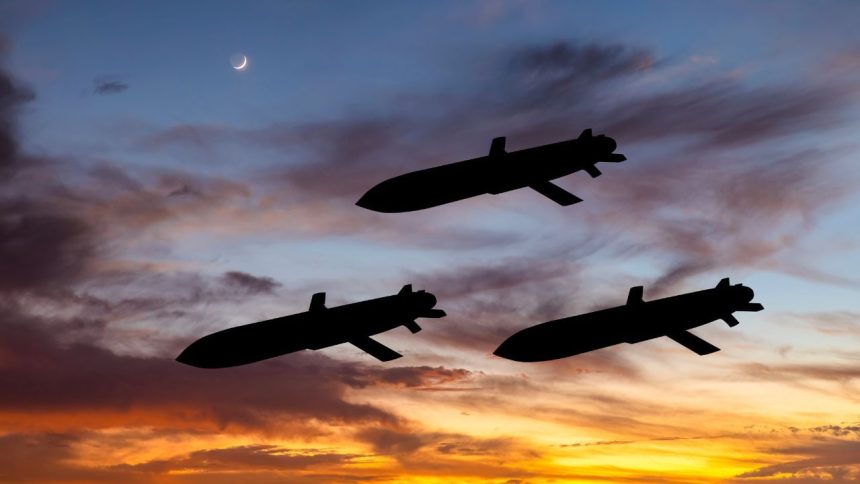New Delhi: To further strengthen India’s defence preparedness, DRDO has planned the second phase of Project Kusha. The aim of this phase is to develop capabilities equivalent to Russia’s cutting-edge S-500 missile defence system.
Russia’s S-500 system can intercept even hypersonic missiles and target threats up to a range of 600 km. Sources say India is now working in a similar direction, developing interceptor missiles with a range of over 400 km and next-generation radar systems. The project includes AI-based technologies and a long-range radar capable of tracking threats up to 1,500 km.
Why is Project Kusha important?
China possesses ballistic missiles with a range of up to 12,000 km and is supplying medium-range missiles to Pakistan as well. In such a scenario, India needs a strong air defence shield to protect critical military bases, command centres and major cities.
Moreover, compared to imported systems like the S-400, Project Kusha is much more cost-effective. While five S-400 units cost about Rs 43,000 crore, five squadrons of Kusha will cost only Rs 21,700 crore. It also supports India’s ‘Atmanirbhar Bharat’ mission.
What is Project Kusha?
Also known as ERADS (Extended Range Air Defence System) or PGLRSAM (Programme Long Range Surface-to-Air Missile), Project Kusha is India’s indigenous long-range air defence system. It aims to bridge the gap between India’s existing MR-SAM (80 km range) and the imported S-400 (400 km range).
The system will include three types of interceptor missiles:
M1 – 150 km range
M2 – 250 km range
M3 – 350 km range
The M1 missile is currently in the production stage and will soon undergo testing. DRDO has placed orders for 20 airframes, 20 rocket motors, and 50 kill vehicles. M2 and M3 are still under development.
Key features:
Can track enemy activity up to 500–600 km away.
Capable of neutralising threats like cruise missiles, drones, stealth fighter jets, and smart bombs.
M1 and M2 will feature dual-pulse motors and thrust vector control for high maneuverability.
M3 will have a larger and more powerful kill vehicle with a single-shot kill probability of 85% and up to 98.5% in salvo mode.
DRDO aims to induct Project Kusha into the Indian Air Force and Navy by 2028–2029.
It will integrate with existing systems like Akash, Barak-8, and S-400 to form a joint air defence network.
Project Kusha represents a major leap in India’s defence strategy. It will not only provide long-range protection against aerial threats but also strengthen self-reliance through indigenous technology. In the coming years, this system is expected to significantly enhance India’s global defence posture.
